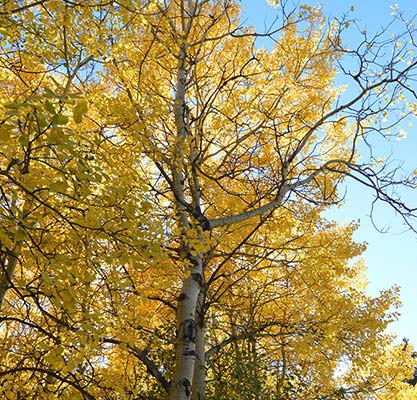Last updated: December 30, 2020
Lesson Plan
Tree Parts

- Grade Level:
- Upper Elementary: Third Grade through Fifth Grade
- Subject:
- Science,Social Studies
- Lesson Duration:
- 60 Minutes
- Additional Standards:
- NGSS 4-LS1-1. Construct an argument that plants and animals have internal and external structures that function to support survival, growth, behavior, and reproduction.
Essential Question
How does a tree live, grow, and survive?
Objective
Students will be able to identify the basic parts of trees and understand how they help the tree to live and grow.
Background
This lesson plan can be found on the USFS website as part of the FireWorks Curriculum.
The purpose of this activity is to familiarize students with the basic workings of a tree.
Tree Parts Natural History
- Roots hold the tree in the ground. They branch underground and eventually form into small rootlets with miles of fine root hairs that take up water and minerals from the soil and bring it up to the tree for use. A fully grown deciduous tree can pull one ton of water from the soil each day, about the amount of water it would take to fill the bed of a standard size pickup truck. There is also great power in a growing root. A root four inches around and three feet long can lift the equivalent of 7 elephants stacked on top of each other!
- Leaves (broad leaves and needles) use sunlight to begin the process of photosynthesis, a reaction which takes place in the green chlorophyll of the leaf: water and carbon dioxide, a poisonous gas for humans, are changed into food for the tree (sugar, protein and starch), and oxygen is released for us to breath. In one year an average tree inhales 26 pounds of carbon dioxide - the amount emitted by an automobile during an 11,300 mile trip (or almost two trips from San Francisco to New York and back again), and exhales enough oxygen to keep a family of four breathing for a year.
- Trunks provide support and act as pipelines to carry water and minerals up to the leaves and branches, and sugar, protein and starch down from the leaves to branches and roots. The following are all trunk parts, moving from the outside to the inside. Bark covers the trunk and branches and protects the tree from disease, fire, and injury. Inner bark or phloem carries sap down from the leaves to the branches, trunk and roots.
- Cambium is a layer that is about two cells thick. Each year it grows new phloem to the outside and sapwood (xylem) to the inside. Branches, trunks and roots grow in thickness as a result of cambium growth. Sapwood and heartwood make up the bulk of the tree trunk. Just inside the cambium is the sapwood, which carries minerals and water up from the roots to the rest of the tree. Some vessels in the sapwood can move stored water and nutrients horizontally to other parts of the tree. Beyond the sapwood is the heartwood, the older, dead sapwood that is usually darker and can no longer carry minerals and water up from the roots. It now provides support for the tree. Being dead, heartwood can rot away to leave a hollow tree with a covering of living wood on the outside.
Preparation
- Cross sections of tree trunks (photos work)
- Cardboard tubes
- Tacks
- Tape
- Construction paper
- Glue
- Scissors
- Crayons
- Paints
- Pipe cleaners
- String
- Plant parts
Procedure
- Discuss tree parts with students, drawing a tree and a cross section of a tree trunk on the board, labeling the parts and discussing their function (see “Tree Parts Natural History”).
- Erase the cross section drawing leaving a list of the cross section parts on the board. Divide students into groups according to the number of trunk cross sections you have. Give each group a trunk cross section and small strips of paper and tacks with which to label the parts on their trunk. Direct the groups to discuss the function of each part they label.
- Call on each group to show a tree part on their trunk and explain its function.
- Distribute tree making materials and instruct students to construct their own small tree, including all of the parts it will need to live.
Extension
Use the FireWorks Curriculum from the Rocky Mountain Research Station’s Fire, Fuel, and Smoke Science Program to learn more about forest communities. All of the Chapter 4 lessons are about biological communities. Here are suggestions from that curriculum: have students write and illustrate a booklet about the life of a tree for first grade students. Use a book in your classroom or the school library to find a poem or a song about trees; create a dance or drawing to illustrate it.
Project Learning Tree has curriculum with numerous lessons related to trees and forest communities that they share at teacher workshops.
Vocabulary
Bark, cambium, deciduous, heartwood, leaves, phloem, roots, sap, sapwood, stems, trunk, xylem.
Assessment Materials
- When the projects are done, have the students share their trees and describe them to the class.
- Ask them to point out how the sap flows from the leaves and roots to the rest of the tree, and where the tree’s food is made from sunlight. Which parts of the tree are alive? Where is the dead heartwood found? How is their homemade tree different from a living tree?
